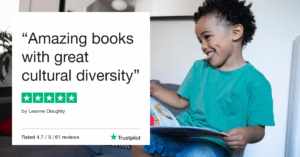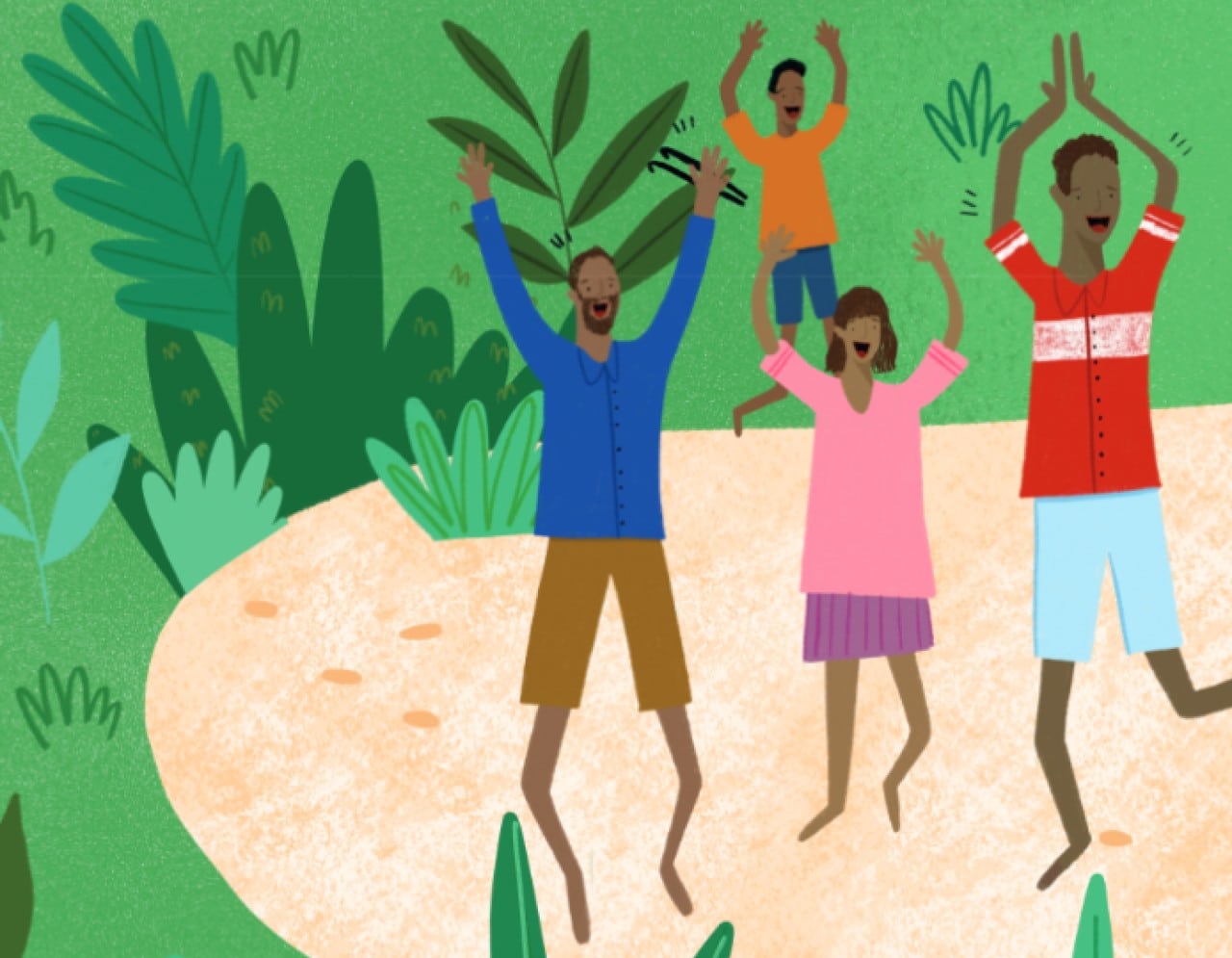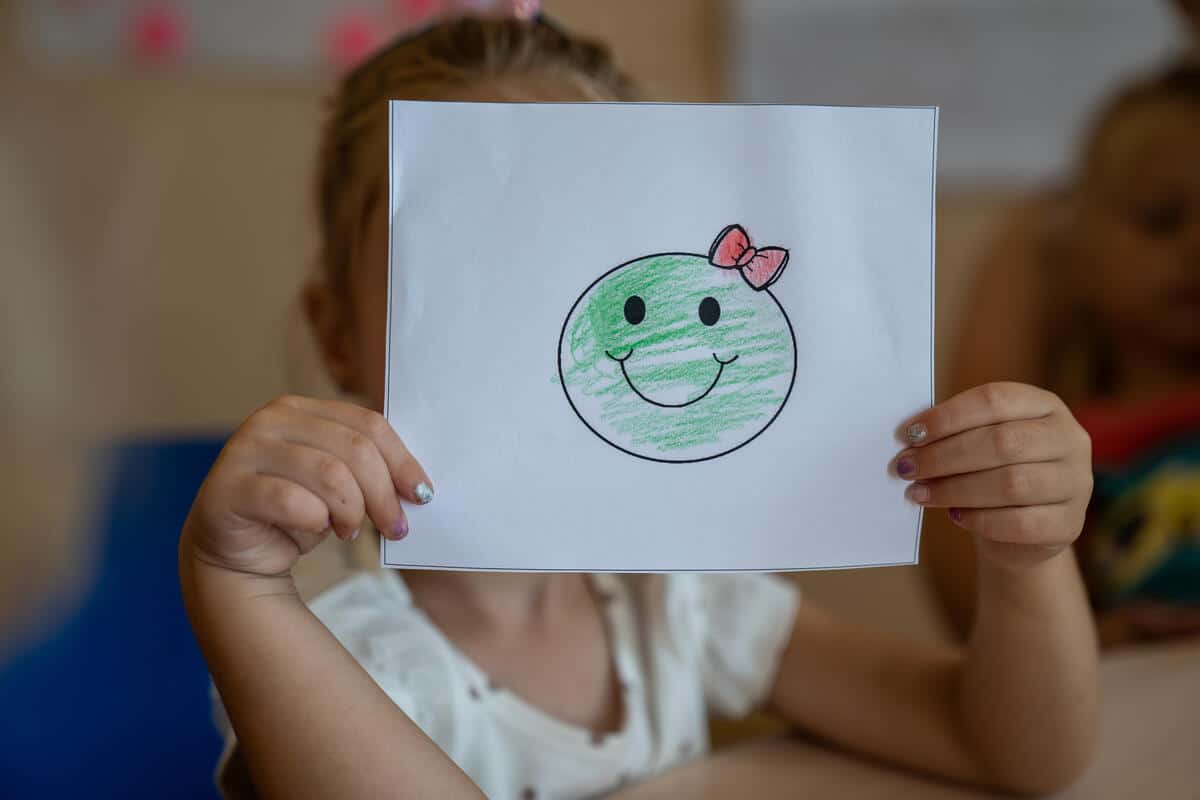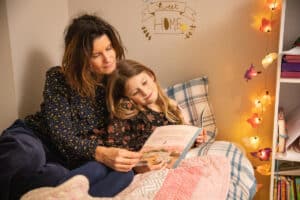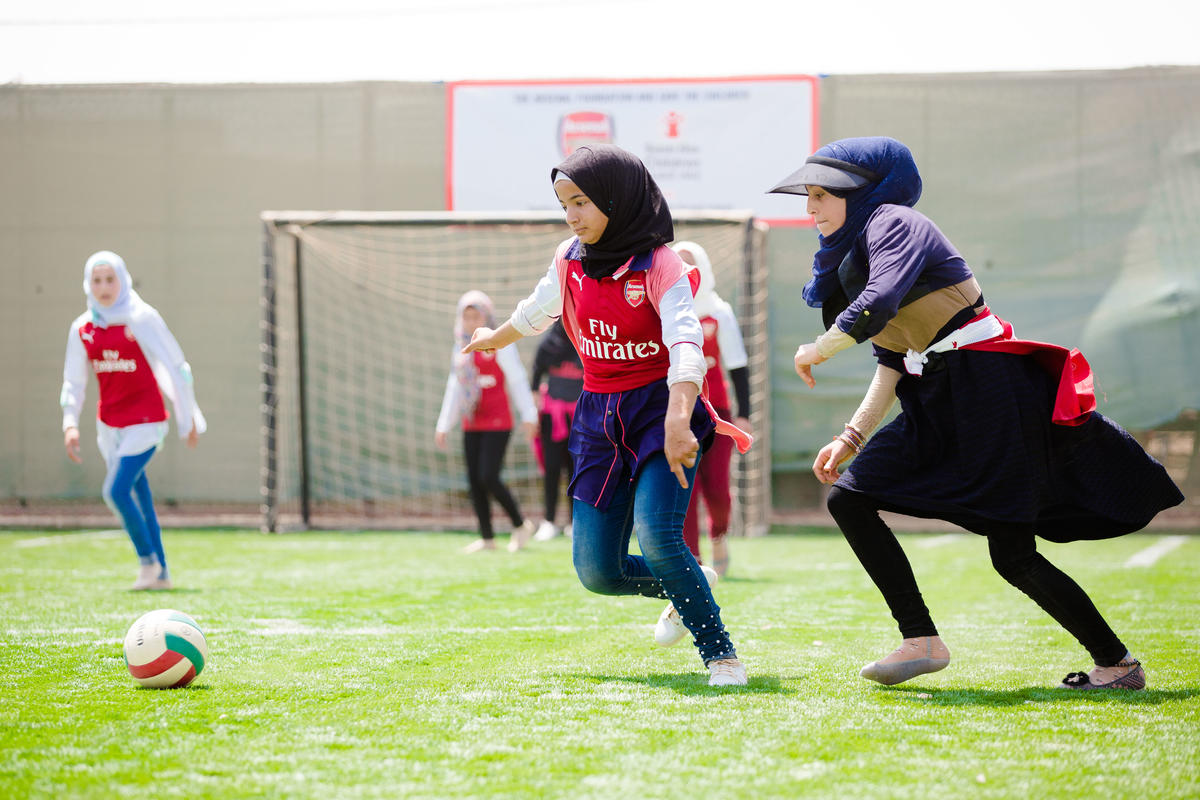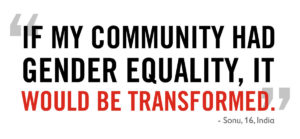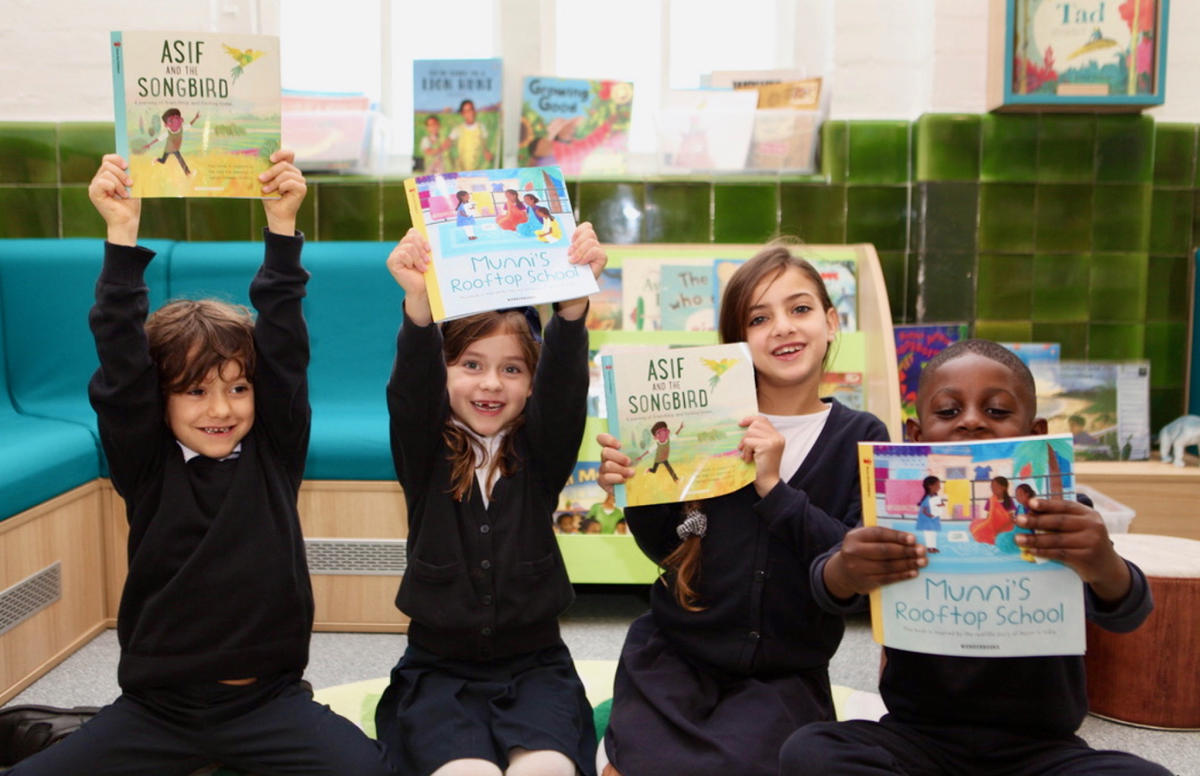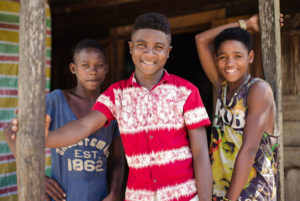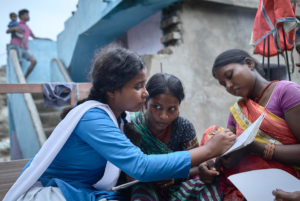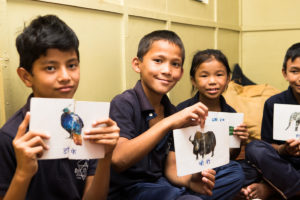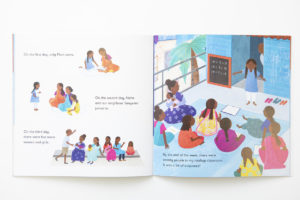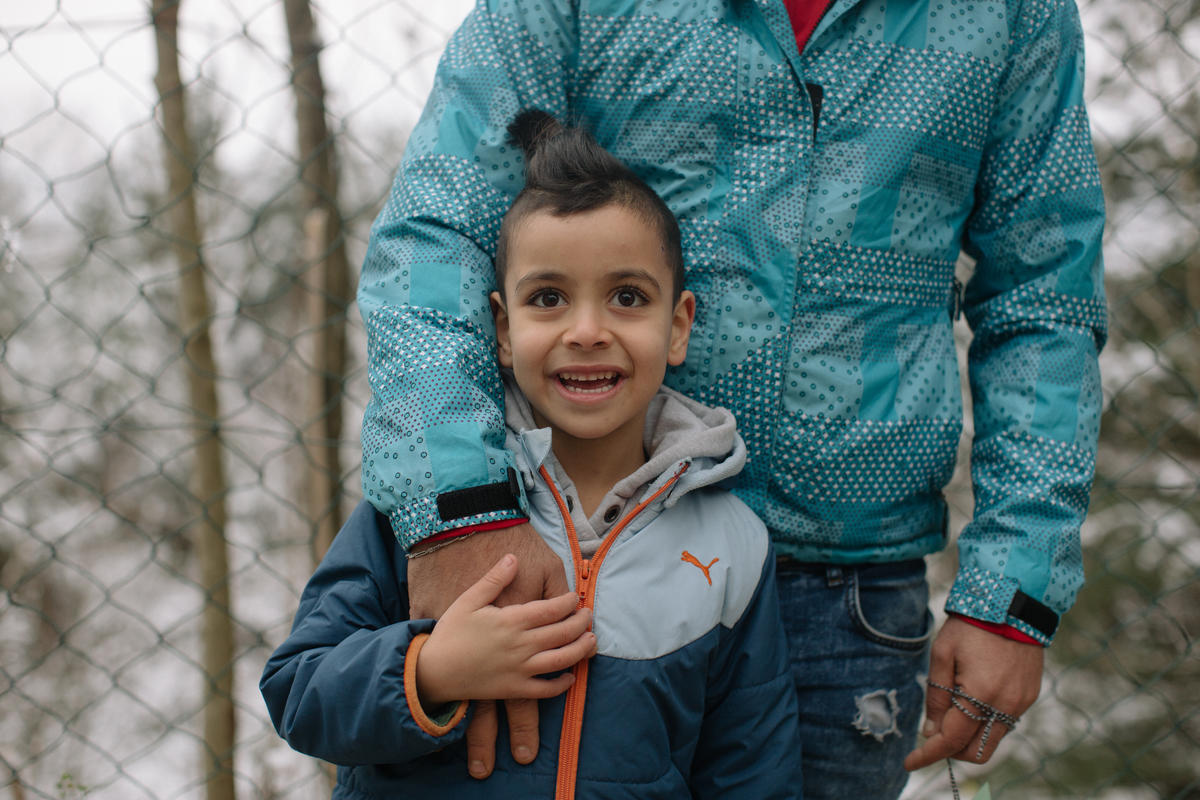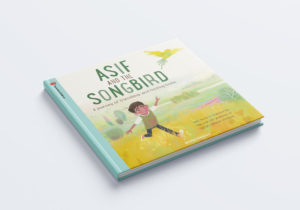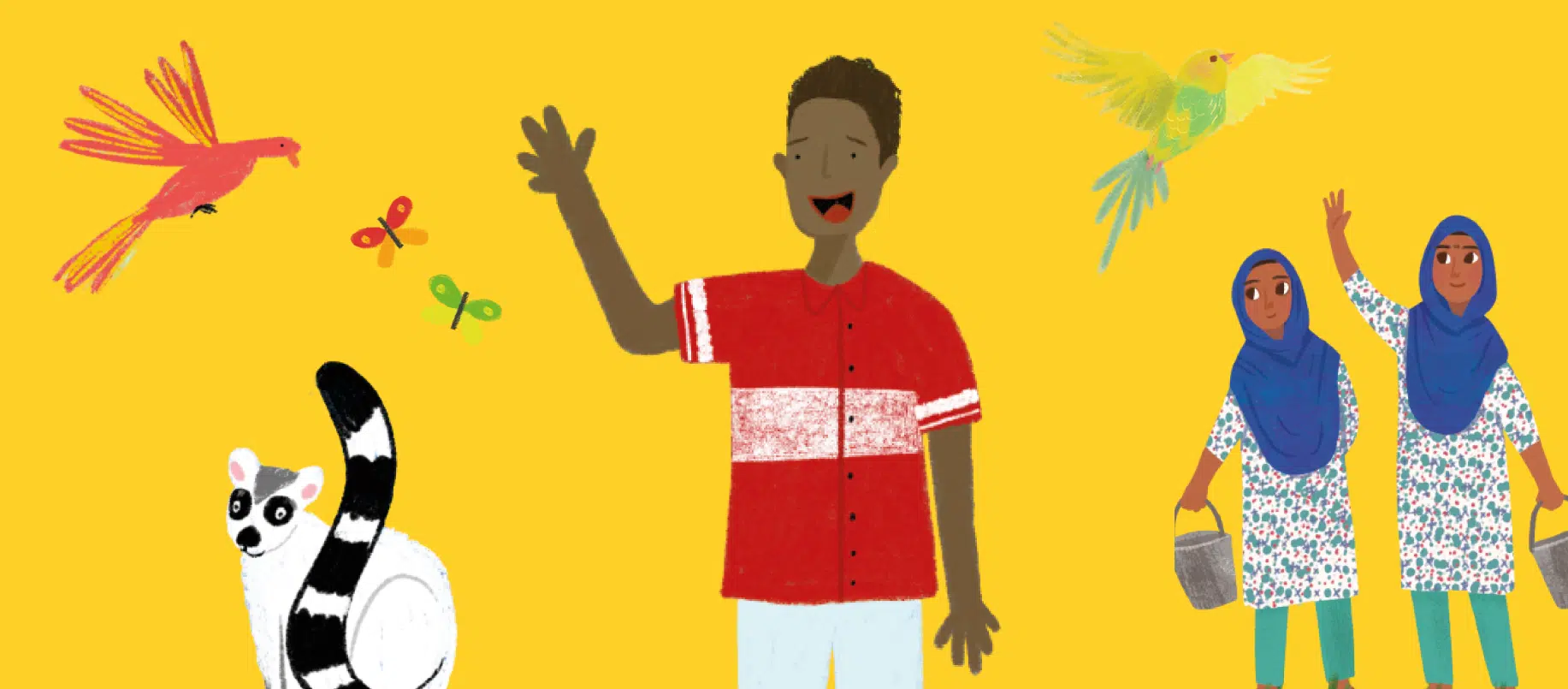If you’re looking to celebrate Black History Month with the children in your life, reading books that champion black voices is a great place to start.
33.5% of school age children in the UK are of black, asian or minority ethnic origins. But, only 5% of children’s books released in 2019 had an ethnic minority main character. That’s a lot of children who aren’t seeing themselves represented in the stories they read.
At Save the Children, we’re so proud of the diversity within our Wonderbooks; each one is inspired by children we’ve met through our work in different countries. And from what you tell us, you love it too! We regularly hear that you and your young readers love seeing and learning about the real life children at the end of each book.
We want to showcase two of our Wonderbooks for Black History Month – Bolo’s Best Song and The Girl with the Book. The real life Bolo and Maryam behind these stories are inspirational voices for all of us. Here’s why…
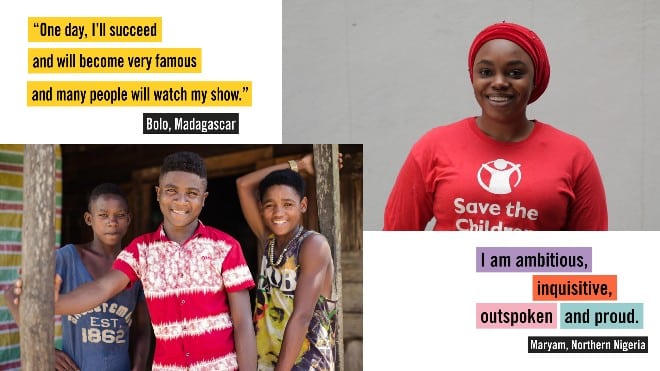
BOLO’S BEST SONG
Bolo’s Best Song is our October book.
Bolo is an aspiring singer living in the Sava region in Madagascar. Madagascar is one of the hardest place to grow up as a child; 3 out of 4 people live below the poverty line, over 40% of children (under the age of five) suffer from stunting, and the country has the world’s fifth highest number of out-of-school children in the world.
But Bolo is an inspiration and a force of nature. This is why he is the star of Bolo’s Best Song! He really knows who he wants to become.
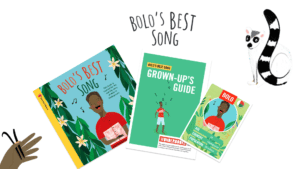
Bolo attends Save the Children’s training centre in Madagascar where we help him and other young people to improve their livelihoods by teaching them a trade – like vanilla farming. Bolo uses the money he earns from vanilla farming to record his songs.
But vanilla farming can be difficult. Find out what Bolo does when a disaster hits his community’s crops…
Did you know? 80% of the world’s vanilla comes from the Sava region in Madagascar. That’s because Vanilla vines will only grow about 10 to 20 degrees north and south of the equator. What a fussy plant! That’s one of our educational facts in the Grown-ups Guide that you get with each book. Can you and your little reader think about all the things that have vanilla in them?
THE GIRL WITH THE BOOK
Maryam, is Save the Children’s Girl’s Champion in Nigeria. She is passionate about supporting girls to get an education and prevent child marriage. She wrote a poem “A Girl with a Book” about girl’s rights and the power of education which inspired our Wonderbook.
Maryam was inspired to become an activist for girls’ rights when her cousin was married as a child. Maryam and her cousin were both 11 years old at the time. Within two years, her cousin had given birth to two children.
Maryam firmly believes that education is “the master key to shaping the world” and that it can give girls the knowledge they need to take care of themselves and their children in the future. We agree!
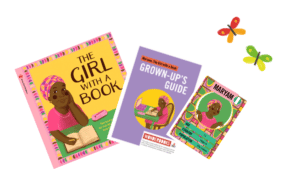
WHAT ARE WONDERBOOKS?
Championing diversity and inclusion and amplifying children’s voices is crucial to our work at Save the Children. Our children’s book subscription, Wonderbooks, was inspired by the children we work with around the world. By subscribing to Wonderbooks, each month you will get a new book, grown-ups guide and fun facts postcard delivered to your door in exchange for a minimum donation of £9. Go on new adventures and meet children from around the world through our stories!
